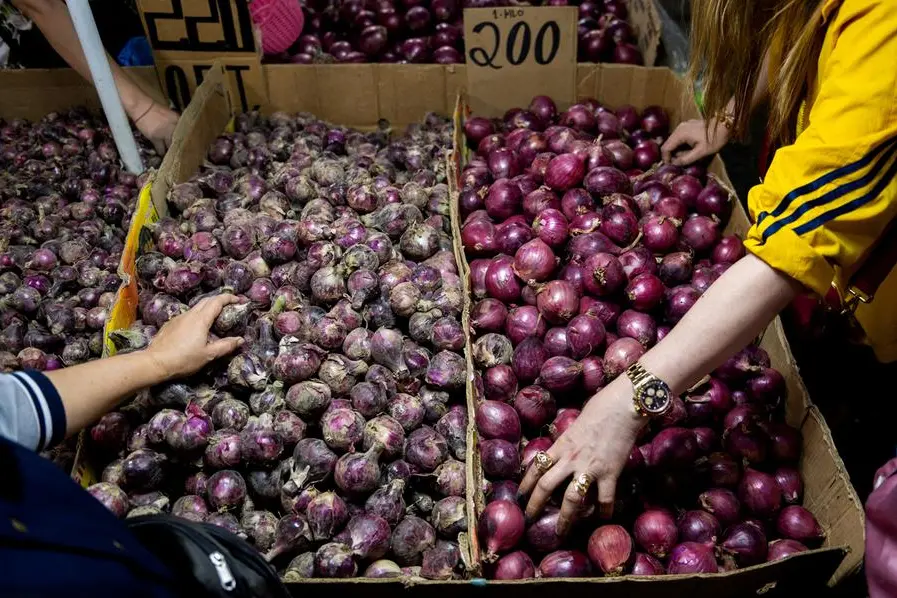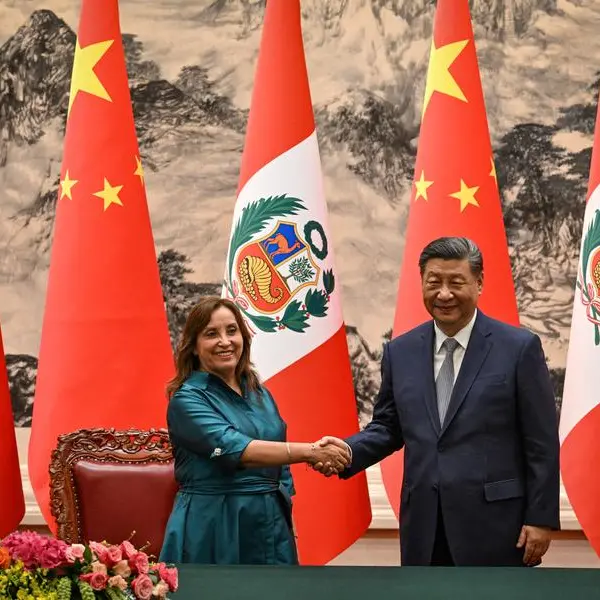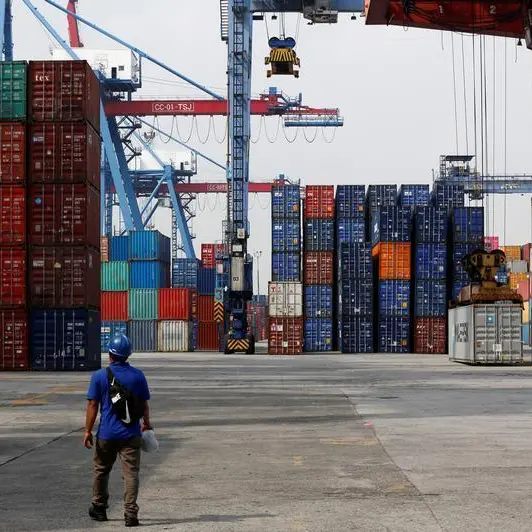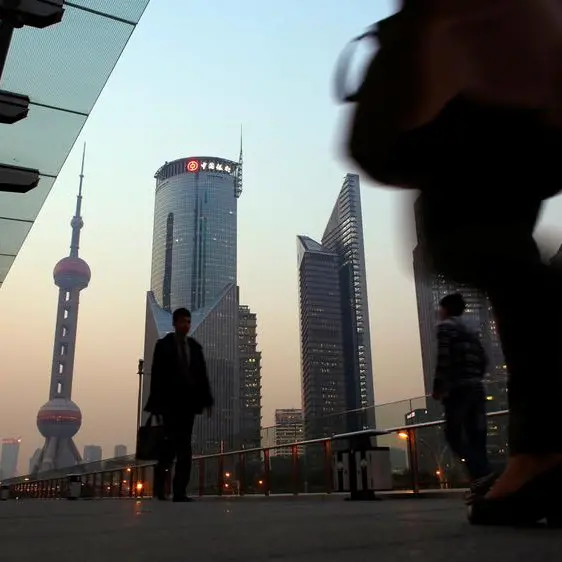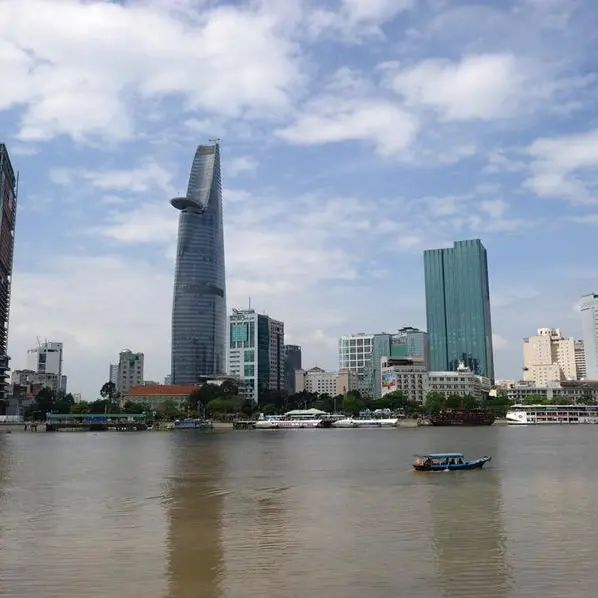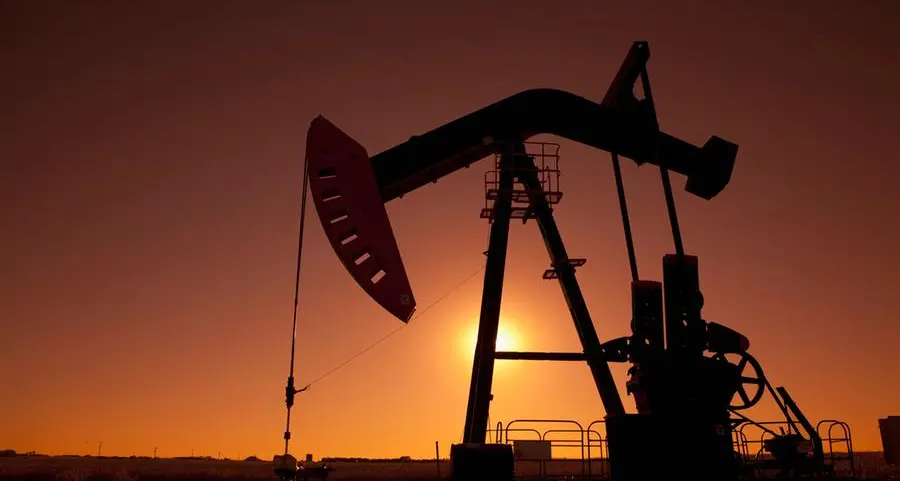PHOTO
Inflation hit a six-month high in May, driven by faster upticks in utility and transport costs, according to the Philippine Statistics Authority (PSA).
In a press briefing, National Statistician Dennis Mapa said headline inflation or the rate of increase in average prices of consumer goods and services typically purchased by Filipinos quickened to 3.9 percent in May from 3.8 percent in April.
He said the May inflation print is the 'fastest since the November 2023 reading of 4.1 percent.'
Last month's overall inflation was also within the 3.7 to 4.5 percent forecast of the Bangko Sentral ng Pilipinas (BSP).
Mapa cited the housing, water, electricity, gas and other fuels as the primary driver of the upward trend in headline inflation, with the commodity group posting a faster increase of 0.9 percent in May from the previous month's 0.4 percent.
The transport commodity group was another main driver in the higher overall inflation, with the index rising to 3.5 percent in May from 2.6 percent in April.
Meanwhile, food and non-alcoholic beverages registered a lower inflation of 5.8 percent in May from six percent in the previous month.
Inflation for food alone slowed down to 6.1 percent in May from April's 6.3 percent, with the downtrend driven mainly by slower increases in prices of vegetables and rice.
Rice inflation, in particular, posted a slower uptick, but remained elevated at 23 percent in May from 23.9 percent in April.
Mapa said prices of all three types of rice being tracked by the PSA declined in May from the previous month with world prices of the grain also going down.
The price of regular milled rice went down to P51.03 per kilo in May from P51.25 per kilo in the previous month, while the price of well-milled rice decreased to P56.06 per kilo last month from P56.42 per kilo in April.
As for special rice, the price declined to P64.41 per kilo in May from P64.68 per kilo in April.
Inflation averaged 3.5 percent in the January to May period, within the government's two to four percent target.
Core inflation, which strips off volatile food and energy items, eased to 3.1 percent in May from 3.2 percent in April.
According to Mapa, a quick calculation by the PSA showed the further reduction of tariff for both in- and out-quota imported rice to 15 percent from 35 percent until 2028, approved by the National Economic and Development Authority (NEDA) Board chaired by the President, is estimated to bring down rice prices by P6 to P7 per kilo, all things being equal.
If rice prices go down, he said this would have a large impact on rice inflation and headline inflation because of the staple's substantial contribution to overall inflation.
'Because of this tariff reduction in the coming months, we would be expecting a reduction in the price of rice. This would trigger - all things being the same, no increases in other (commodity groups) - a reduction in the inflation rate moving forward,' Mapa said.
He said the estimated reduction in rice prices would still have to be validated with data to be collected by the PSA on retail prices of the staple.
Mapa noted risks that could push inflation up in the coming months, such as increases in prices of fuel, liquefied petroleum gas and rent.
Oxford Economics economist Makoto Tsuchiya said the lower tariff on rice imports would certainly help bring down overall inflation as the staple accounts for almost 10 percent of the consumer price index basket and has been the main driver of the recent inflation.
'When looked at on the annual basis, the benefits will accrue for the coming year as the base effects will turn neutral from the second year,' he said.
While the lower tariff would help bring down prices, he said it could also have dire consequences for farmers as they now compete with cheaper foreign rice.
Even if lower inflation supports real income through lower prices, the decline in nominal earnings could counteract such an improvement in some sectors. The government will need to make sure such a negative impact would be addressed through other policy measures,' he said.
Aris Dacanay, economist for ASEAN at HSBC, said the tariff rate cut on rice could ease inflation by as much as 1.8 percentage points if fully implemented.
'Our baseline scenario is for inflation to ease to 3.4 percent in the fourth quarter of 2024. If the new tariff schedule is implemented within the next month or so, inflation could quickly go down and touch two percent,' he said.
Dacanay said that if inflation does fall near the lower bound of the BSP's two to four percent target, the Monetary Board might have room to cut faster than the US Federal Reserve.
'Cutting ahead of the Fed, however, will still be tricky and would depend on how fast the disinflationary impact of the tariff adjustment would come through,' he said.
In a statement on Wednesday, the BSP said May inflation could temporarily accelerate above the target range over the near term due to adverse weather conditions on domestic agricultural output and positive base effects.
However, the BSP sees average inflation returning to the two to four percent target for 2024 and 2025.
'The risks to the inflation outlook continue to lean toward the upside. Possible further price pressures are linked mainly to higher transport charges, elevated food prices, higher electricity rates, and increase in global oil prices,' the central bank said.
The BSP also said the Monetary Board would consider the latest inflation outturn in its next policy review on June 27.
'The BSP also continues to support the national government's non-monetary measures to address supply-side pressures on prices and sustain the disinflation process,' it said.
Copyright © 2022 PhilSTAR Daily, Inc Provided by SyndiGate Media Inc. (Syndigate.info).
